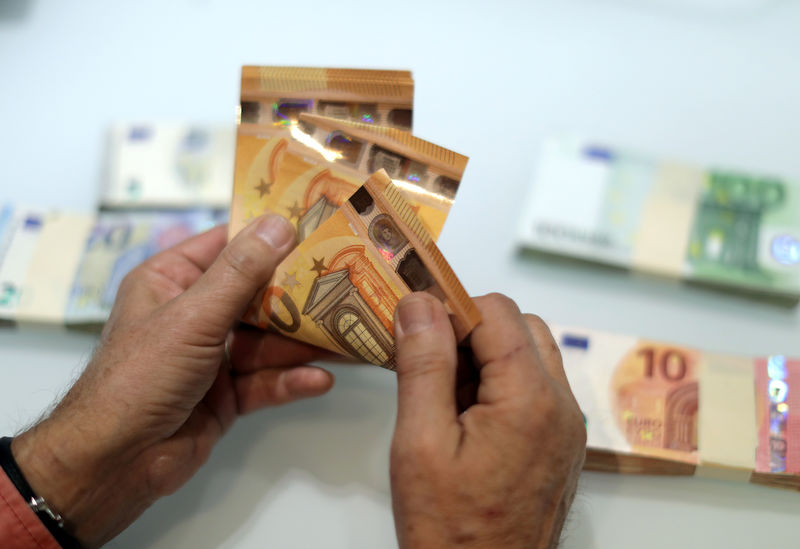By Geoffrey Smith
Investing.com -- The dollar drifted higher against developed-market peers but gave up gains against emerging currencies in early trading in Europe on Friday, as the market digested the Federal Reserve’s pledge to inject $1.5 trillion in reserves into the financial system late on Thursday.
The Fed also announced that its already-scheduled injection of reserves through T-bill purchases would now take place along the whole Treasury yield curve, in an effort to ease budding liquidity problems in the world’s benchmark risk-free asset. Analysts described that move as the start of “QE4” – a fresh round of quantitative easing that President Donald Trump has already called for.
By 5:30 AM ET (0930 GMT), the dollar index, which measures the greenback against a basket of currencies, was essentially flat at 97.45. It was up 1.3% against the Japanese yen at 105.95 and unchanged against the safe haven Swiss franc, but down slightly against the euro and sterling.
Markets had been confused on Thursday by the European Central Bank’s reluctance to cut interest rates and by President Christine Lagarde’s inflammatory comment that “we are not there to close spreads,” a remark that caused heavy selling in Italian government bonds. The ECB subsequently walked back the comments but the German-Italian yield spread has stayed at elevated levels.By 5:30 AM ET, it was still at 247 basis points.
“It’s worthwhile spelling this out,” said Claus Vistesen, euro zone economist with Pantheon Macroeconomics. “Italy is in the grips of a public health and economic crisis of unprecedented proportions, and the ECB just suggested that it does not care if markets have a go at the BTP market as a result.”
Having shrugged off the stimulus measures of the ECB, Bank of England and Federal Reserve, markets are desperate for a sign that the coronavirus epidemic is peaking. There is no such sign yet, either in Europe or the U.S.
Earlier, the central banks of Norway and Sweden both announced emergency measures to support local financial markets, Norges Bank cutting its key rate by 50 basis points and the Riksbank injecting 500 billion kronor of liquidity.
The Norwegian krone was up 0.4% against the euro after the move, while EUR/SEK fell 0.2% to 9.7181. The euro has risen 3.6% against the Swedish krona and 7.8% against the Norwegian currency this week, with most of its crosses rising as carry trades funded in euros were unwound. The Norwegian krone has been especially weak due to the collapse in oil prices.
Further afield, there was relief for emerging currencies battered by the flight to quality earlier this week. The dollar fell 2.8% against the ruble after hitting a new four-year high overnight, while it also fell 1.8% against the Soufh African rand and 0.6% against the Turkish lira.
